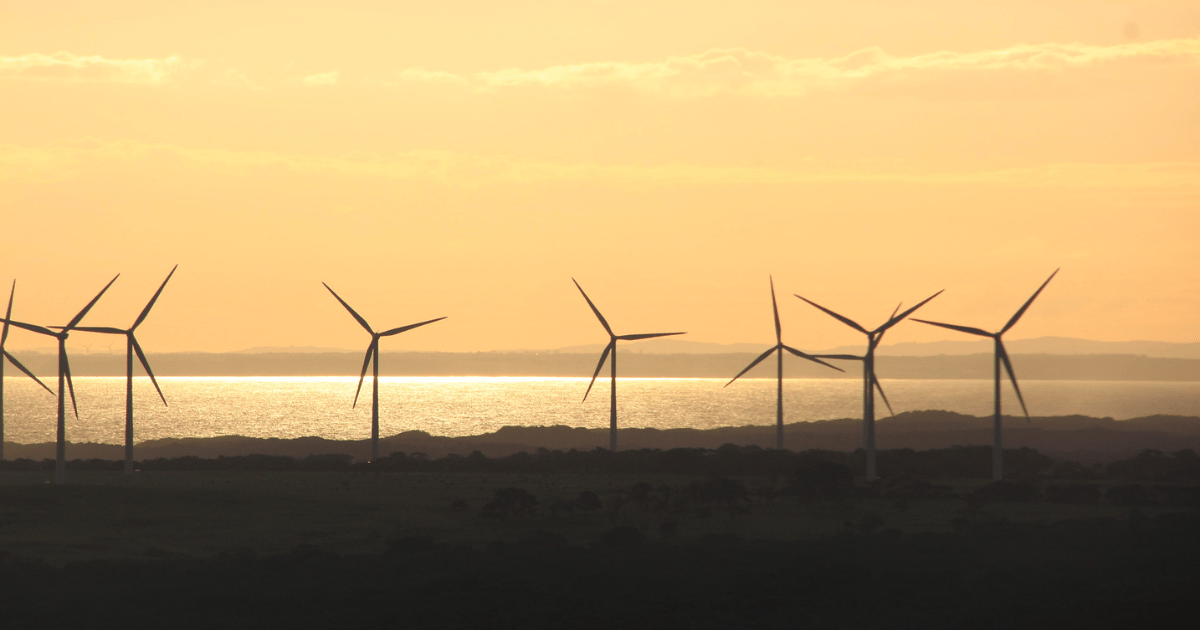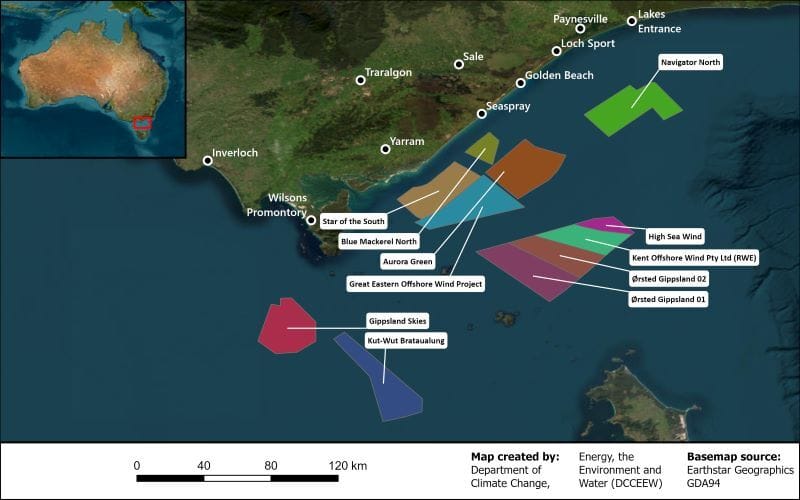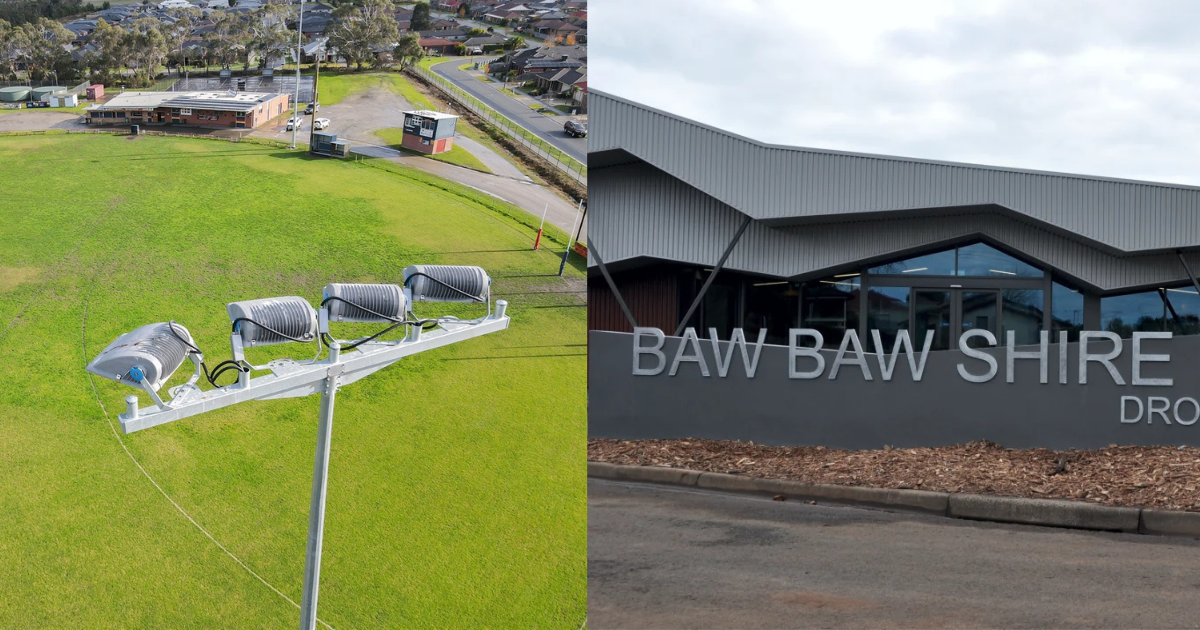15,000 jobs in 2027, Gippsland councils prepare for offshore wind economic boom
Wellington Shire Mayor Scott Rossetti has been meeting with state and federal government ministers to discuss the council's approach to renewable energy infrastructure.

There could be 15,000 jobs on their way to Gippsland as part of offshore wind farm construction – a boon to the local economy – but local councils want to ensure they’re ready for the growth.
Wellington Shire Mayor Scott Rossetti has met with state and federal ministers to request more funding be put towards planning for the influx in population growth and jobs that will arrive in Gippsland when offshore wind farms begin construction.
The Gippsland Monitor spoke to Mayor Rossetti about his meetings with the federal Minister for Environment and Energy Chris Bowen and the state Minister for Climate Action, Energy and Resources Lily D'Ambrosio.
Rossetti told Bowen at a meeting in Canberra in late June that the Wellington Shire community is supportive of renewable energy and wants “to be the poster child for how to do things properly”.
“If we get a smooth transition for our communities, then they can point to our shires and go; ‘here's the way to do it’,” said Rosetti.
Wellington Shire, South Gippsland Shire and Gunaikurnai Land and Waters Aboriginal Corporation have put an application in with the federal government under the Regional Precincts and Partnership Program for $4.7 million to plan for necessary accommodation and infrastructure required when the offshore wind farms begin construction.
Rossetti said this plan would provide a layout of what zones were required, how to accommodate workers and “how to not have it impact those communities more than it should, but also, how does it support the wind farm construction and maintenance and ultimately, power generation?”
On Tuesday this week, Rossetti and Wellington Shire Deputy Mayor Cindy Madeley met with Lily D'Ambrosio, state Minister for Climate Action, Energy and Resources. Rossetti told the Monitor D'Ambrosio “really appreciates that our communities are supportive of renewables, and certainly our councils are, and we love the idea that the economic activity and job it’ll bring in”.
What is the offshore wind farm project?
Gippsland’s coast has average wind speeds on par with those experienced in the North Sea as well as relatively shallow water, making it the ideal spot for offshore wind farms. Turbines along the Victorian coast can be based on the sea bed, a lower cost option than floating turbines — but floating installations will still be implemented.
According to the Victorian government, the 12 proposed offshore wind farms will generate enough energy to power 1.5 million homes (2 gigawatts) by 2032.
The state government is aiming to double this amount to 4 gigawatts by 2035 and reach 9 gigawatts produced from offshore wind by 2040.
In comparison, the Hazelwood minesite was a 1.6 gigawatt capacity coal fired power station.

The 12 offshore wind farm sites with feasibility licences.
How many jobs will be created?
According to the federal government the project will create a total of 15,000 jobs during the construction phase and 7,500 ongoing jobs.
In comparison, when Hazelwood mine closed in 2017 it was providing approximately 1,050 jobs (750 direct employees and 300 contractors).
Construction is expected to begin in late 2027. The state government expects some of the turbines will be operational in 2030.
Rates from wind farms
Rossetti explained that because the offshore wind zone is not part of local or state government’s jurisdiction, it’s not subject to regular revenue rates that would see Wellington Shire receive funds.
“The challenge is that if there’s a whole lot of new requirements for infrastructure for the communities, it either comes from a revenue source like the windfarms or it has to come from the ratepayers.
“We think it’s appropriate that we get some sort of rate revenue coming in from the windarms, to be able to then support the work that needs to be done in the communities.”
Rossetti is advocating for a payment in lieu of rates charge, which would see wind farm companies negotiate a payment to local councils to ensure councils receive enough revenue to help fund local services.
Rossetti said; “while it’s not a state government issue for Minister D’Ambrosio to deal with, she certainly has been supportive of our application”.

